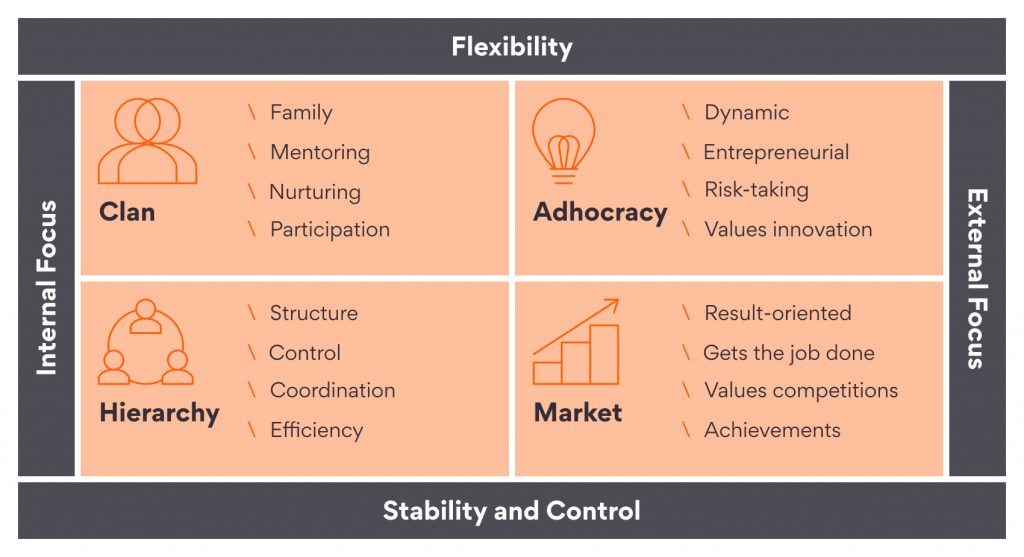Much has been written about the need for organizations to take advantage of the omnipresent reality of data in a well-developed and well-articulated data strategy. A year ago, I contributed to the debate in a blog that looks at the evolution of the CDO role, created to drive the organization’s data strategy. Despite some successful efforts, organizations today struggle to deliver on their strategy. To break down the biggest barriers to success— people and processes —a new approach to data-driven strategy led by a new generation of CDOs is needed to create changes that are persistent.
The Culture Challenge
The latest 2021 Big Data and AI survey, tells us that the Cultural Challenge is getting harder:
- Only 24.0% have created a data-driven organization – down from 31% in 2019
- Only 24.4% have forged a data culture within their firms – down from 28.3% in 2019
The main difficulty, from a culture point of view, for an organization to become data-driven, is that ceasing to rely solely on instinct to make decisions requires deep changes in beliefs, attitudes, and norms of behaviour resulting in adopted practices.
Some recent studies have brought evidence of the effects of organizational culture on the adoption of IT systems (For e.g. ERP systems), and other IT-related topics such as IT Governance and Knowledge Sharing. In the same line of thought, we believe that an organization’s culture influences its data culture. More precisely, organizational culture should become a subject of analysis to predict the difficulty of the necessary change to become data-driven.
Understanding Data-driven Culture
To illustrate what we mean, organizations with a hierarchical culture type (see Figure 1 below) have a harder time with the data-driven culture practice of augmenting analytical sophistication in the lines of business by integrating data scientists into multi-functional, ad-hoc teams to solve business problems. However, Data Governance, another set of practices regulating quality, security and access of data, should be easier to implement for such culture types.
In this two-part blog series, we will (i) explore the most effective way to measure your organization’s culture using the OCAI assessment (ii) enumerate a collection of attitudes and practices that are thought to characterize organizations with data-driven culture, and (iii) map the best approaches to adopt a data-driven culture within the Competing Values Framework (CVF), including the attitudes and practices that are thought to characterize organizations with a similar culture. This blog addresses parts (i) and (ii).
Organizational Culture, CVF and OCAI
Organizational culture is a complex and deep phenomenon with many definitions and measurement approaches. We define it here simply as a shared set of values (what is being cared about), beliefs (what is believed to be true), and norms of behaviour (how things are done).
The CVF Model Organizes Culture based on Two Main Dimensions:
- One dimension differentiates effectiveness criteria that emphasizes internal orientation, integration and unity from those that stress on an external orientation, differentiation and competition.
- The second dimension differentiates effectiveness criteria that emphasizes flexibility, discretion and dynamism from those that focus on stability, order and control.
Together these two dimensions create four quadrants, each representing a distinct set of organizational effectiveness indicators, as shown in the Figure 1 below.

The Four Culture Types can be Described as Following:
#1 Hierarchy: Indicates a formalized and structured place to work. Employees follow procedures and rules in their decision-making. Effectiveness indicators are control and efficiency with capable processes. Success is measured based on efficiency and predictability.
#2 Clan: Represents a friendly place to work that people perceive as extended family. The organization is held together by loyalty and commitment. Effectiveness criteria are human development and teamwork. An organization is successful when it has an appropriate internal climate and employees are satisfied.
#3 Market: Indicates a result-oriented workplace. Leaders are tough and demanding. The organization is held together by the atmosphere of winning and reaching goals within pre-set deadlines. Effectiveness is measured through the achievement of strategic goals and competitive advantage. Success is understood in terms of market share and penetration.
#4 Adhocracy: Represents an entrepreneurial and dynamic atmosphere with an emphasis on creativity and risk-taking. Leadership is visionary and innovative. The organization is held together by a commitment to experimentation. Readiness for change and meeting new challenges is important. Theory of effectiveness is through entrepreneurial innovation and rapid growth. Success is defined as the production of unique products and services.
These four core values represent opposite or competing assumptions (thus its name), but all are necessary, and none is better or worse than the others.

The OCAI Plot
An OCAI plot represents a graphical summary of the organizational culture and is drawn by averaging the results of the OCAI questionnaire on each of the culture types. The main reference for CVF and OCAI is this book (3rd edition) by Cameron and Quinn.
Data-driven Culture Practices
Though there is no definite consensus yet on what is the full set of values, beliefs and practices that constitute a data-driven culture the emerging literature on the subject from places such as HBR, Gartner, and O’Reilly, suggest the following:
- Data-centric Foundations:
- On the Data Producer Front
- Establish Data Governance processes to improve data quality, trustability and security of the data to be consumed
- On the Data Consumer Front:
- Pervasive, easy access to data from anywhere (data democratization)
- A culture of data sharing
- Broad data literacy training to make use of the data
- A Decision-making Process Based on Data:
- Alignment with business strategy
- Data-driven decision mindset
- Define goals, metrics, and success criteria upfront
- Empower collaborative, multifunctional teams
- Right Data Attitudes and Beliefs
- Data leadership from the top
- Inquisitive & objective attitude to learn from experiments
- Accountability for decisions
- Monitor improvement in data adoption and cultural change
- Establish ethical guidelines for the use of data and analytics
Now that we have a basic understanding of the Competing Values Framework and the foundational characteristics of a data-driven culture, the next blog in this series will map the above foundations into the four quadrants of the CVF to help CDOs formulate and implement a lasting data culture strategy. To know about our data and analytics offerings, reach out to us.






